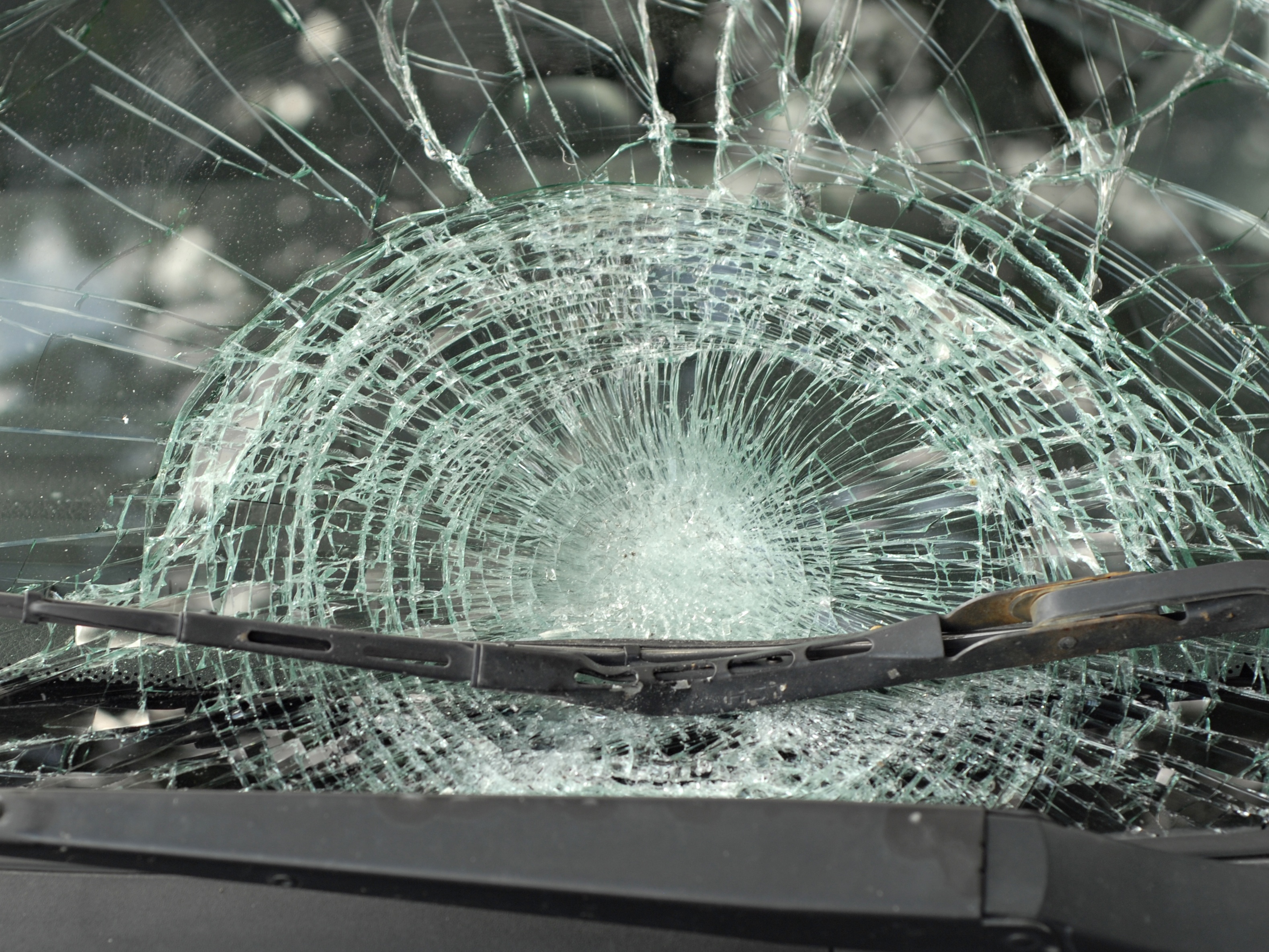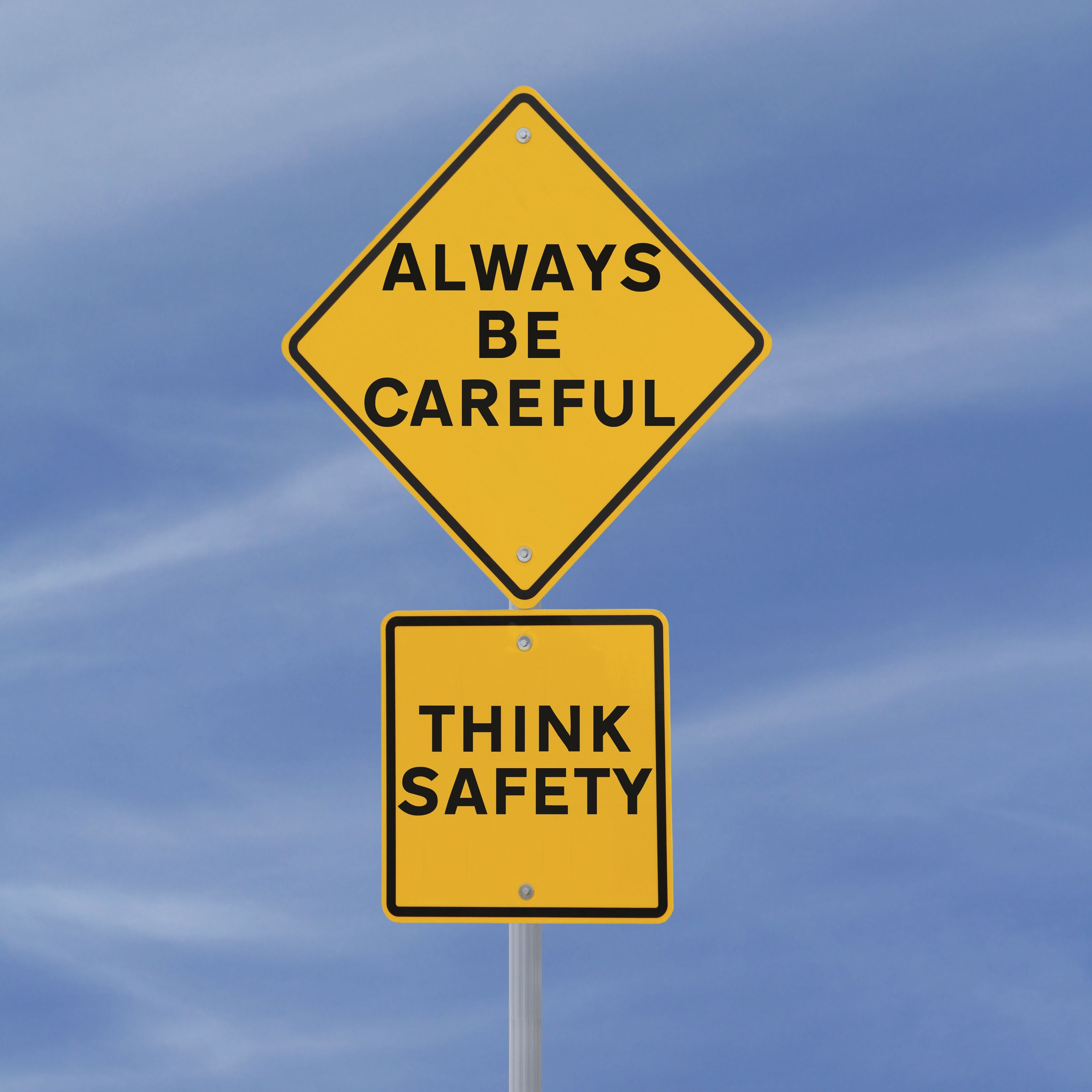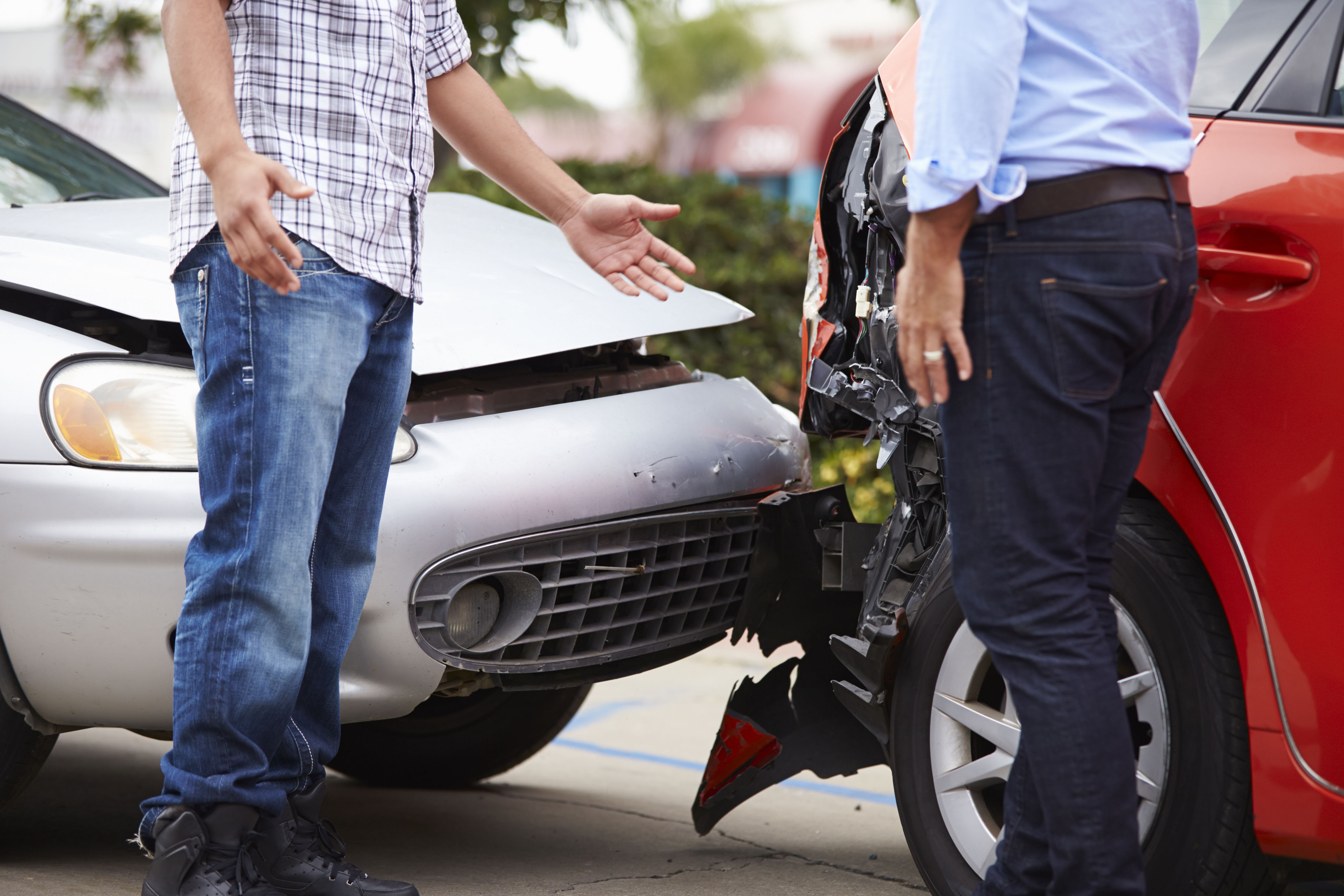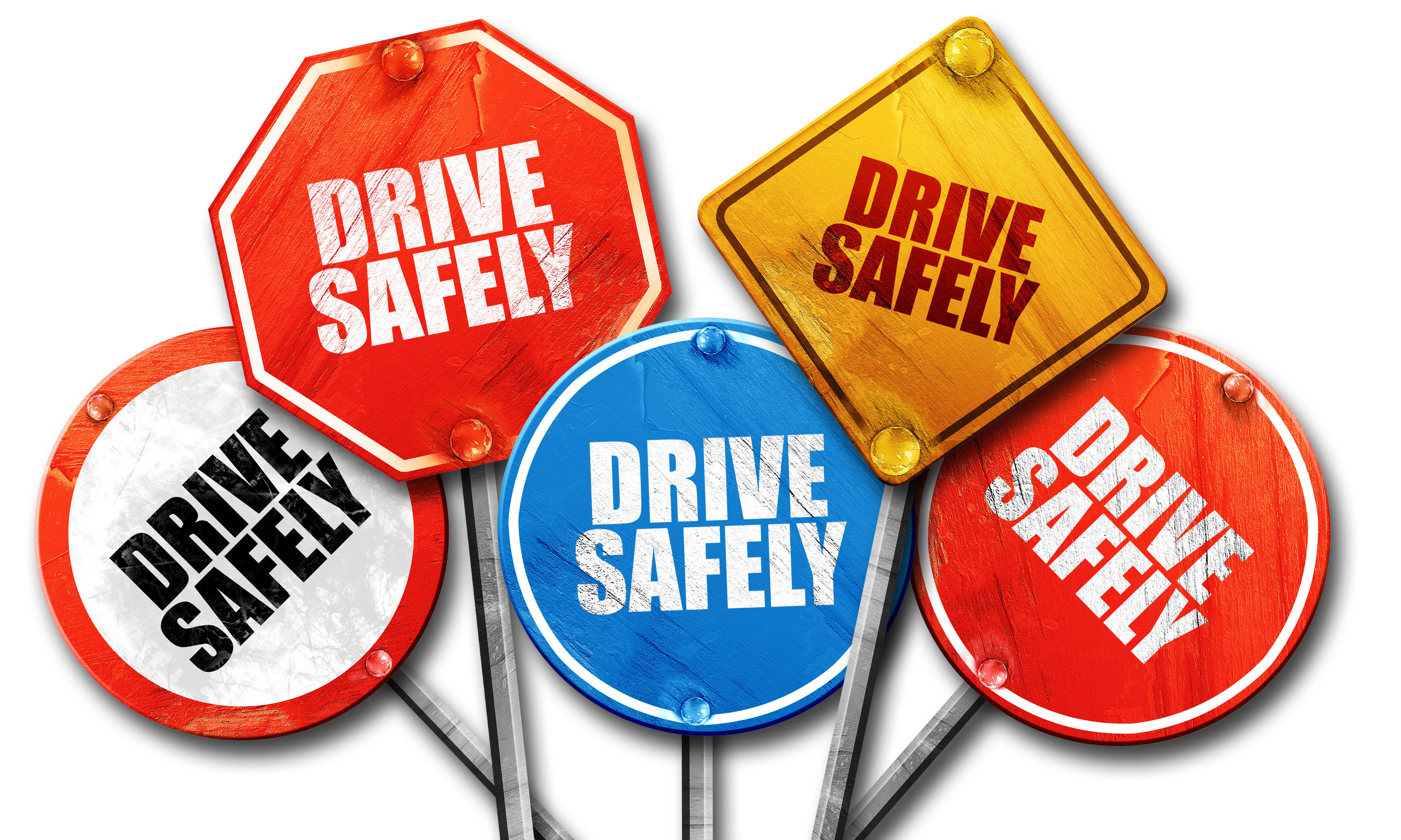Most deaths among young people between 15 and 29 years old are caused by traffic accidents. Traffic accidents are also one of the leading causes of death, injury and disability in other age groups. In Hong Kong, about 20,000 people are killed or injured in traffic accidents every year; across the border in mainland China, the picture is grimmer with some 260,000 people losing their lives annually — or an average of more than 700 a day. Is there a way of identifying risky drivers before they cause an accident instead of identifying them after the fact? It seems a specially designed video-game-like simulated driving task can.
As part of its Decade of Action for Road Safety to reduce the number of road fatalities by 2020, the United Nations is promoting regulatory measures that all governments can consider to reduce deaths from 'external' risk factors, such as reducing and enforcing speed limits and implementing certain standards for vehicular equipment. However, an international team of researchers decided to tackle the arguably harder-to-control 'internal' risk factors of drivers' risk taking and risky decision making, which previous studies have indicated as also contributing to traffic accidents and violations.












